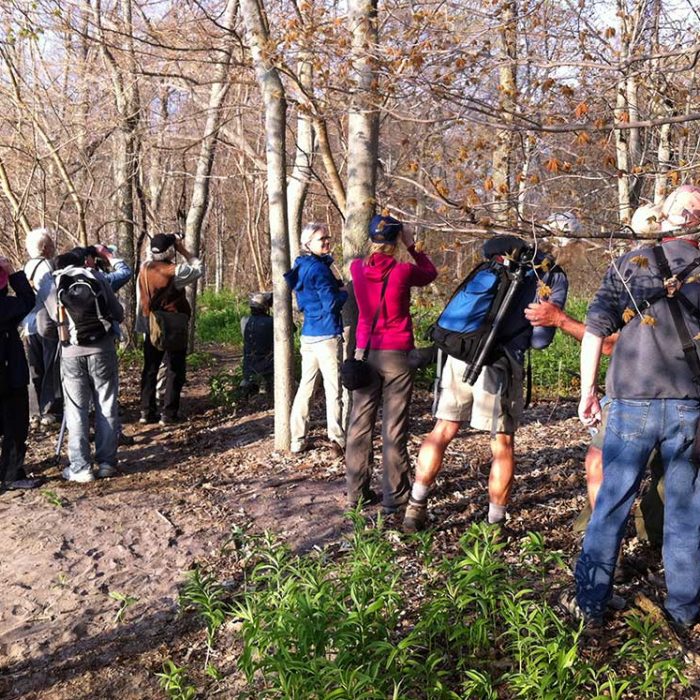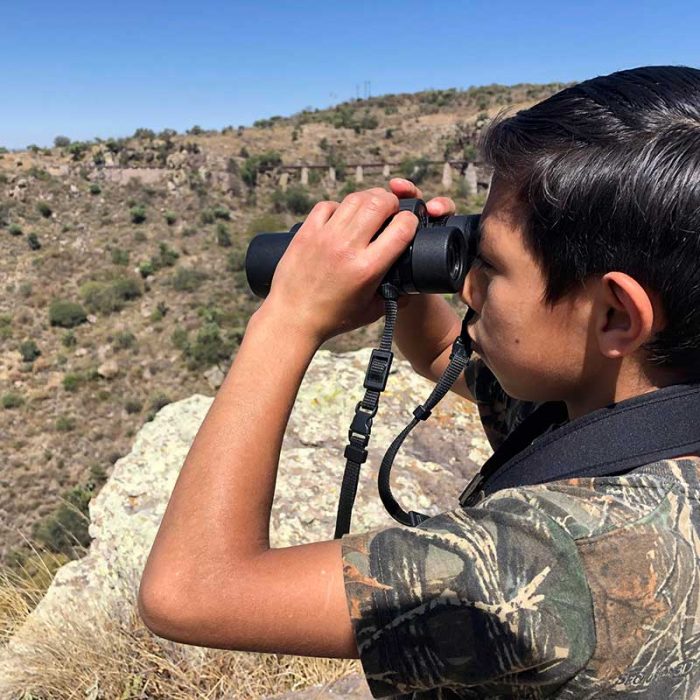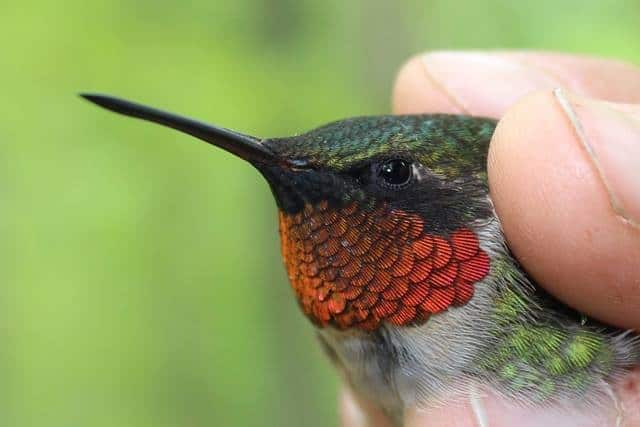PIBO’s 2018 fall migration monitoring programs began on August 1st, and already there were signs that migration was underway for the birds and insects of Pelee Island! Swallows and other aerial insectivores were some of the first species to be seen winging their way south, with many Purple Martins, Barn Swallows and Chimney Swifts, plus a few Cliff Swallows and Bank Swallows, consistently seen flying off the tip of Fish Point from August 1st to 15th. Shorebirds have begun their migration as well: Sanderlings, Semipalmated Plovers, Semipalmated Sandpipers, Least Sandpipers and Spotted Sandpipers have all been seen along the west beach of Fish Point at various times over the past two weeks. Four Killdeer were observed feeding together on the tip on August 11th and were the first to be officially observed by PIBO this season. As well, two Green Herons have been seen consistently over the past week, feeding in the water along the edge of Fox Pond.
From August 9th onwards, north-westerly and north-easterly overnight winds brought more migrants in to Fish Point. Fox Pond was busy with many flycatcher species, including Eastern Kingbirds, Eastern Wood Pewees, Eastern Phoebes and the first Least Flycatcher of the season. Yellow Warblers had already been seen around Fox Pond and the PIBO cottage on Stone Road, but a thunderstorm on the night of August 11th brought with it the first Black and White Warbler and Blackburnian Warbler for the season, as well a Prothonotary Warbler. These warbler sightings, plus the Red-winged Blackbirds and Common Grackles already seen gathering along the trail in preparation for migration, mean that we expect to see a good push of migrants the next time the island enjoys north winds.
Now that the breeding season is mostly over, Pelee Island’s adult birds and young-of-the-year are wandering farther from their summer territories as they feed up in preparation for the long migration south. Dozens of young Wood Ducks have been observed in Fox Pond, rushing to hide in the long grasses and cattails when the PIBO’s census-taker steps out onto the viewing platform. Indigo Buntings have relaxed their territorial vigilance and have begun to be seen in places other than the singing perches they used through the late spring and summer, and families of Northern Cardinals, Carolina Wrens and House Wrens have been seen in the shrubbery up and down Fish Point.
As well as birds, PIBO also monitors the number of monarch butterflies and green darner dragonflies seen during the 1.5 hr census at Fish Point. Monarchs have been seen consistently from August 6th onwards, reaching a high of 15 on August 12th. Given the widely observed declines in the numbers of this striking butterfly over the past few years, PIBO will be keeping an especially close eye on them in 2018. Anecdotally, their numbers appear to be higher than they were last year: we will have to wait and see if PIBO’s census numbers confirm this observation.
PIBO will resume its bird banding activities at Fish Point in the next few days, weather permitting. If you are interested in visiting the banding station this fall or have plans to send visitors our way, please be aware that there is no bird banding on rainy days. As a rule of thumb, if the PIBO van is parked across the road from the entrance to the trail, then the station is open and we are banding birds. As well, although we have done our best to clear the path into the banding station, there is a lot of poison ivy and a small tree has fallen across the trail. Close-toed shoes and long pants are highly recommended.
Prothonotary Warbler photo by Sumiko Onishi 2018.







